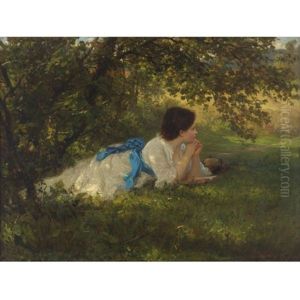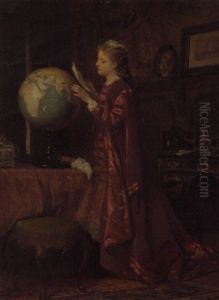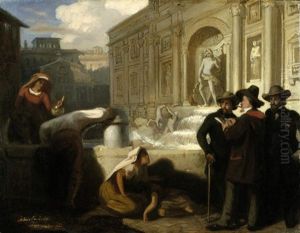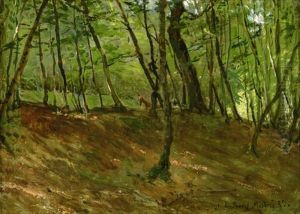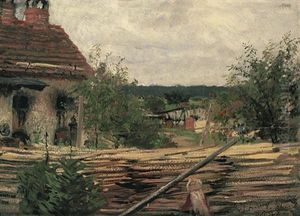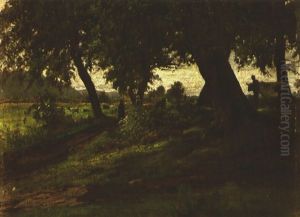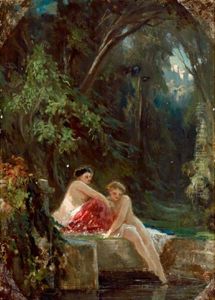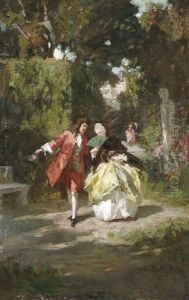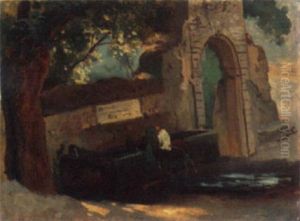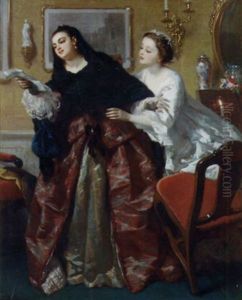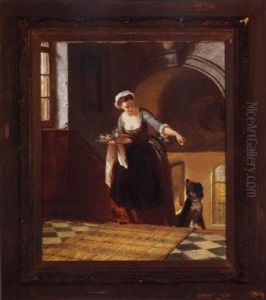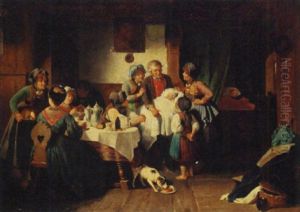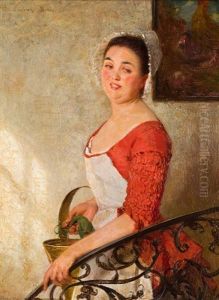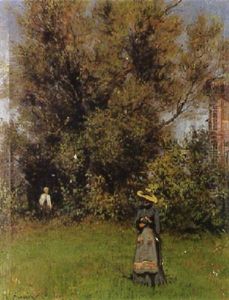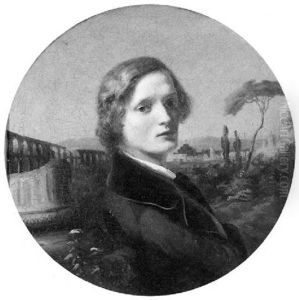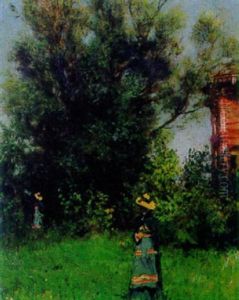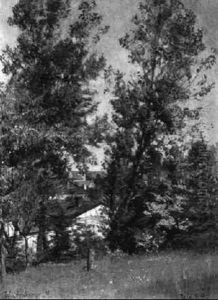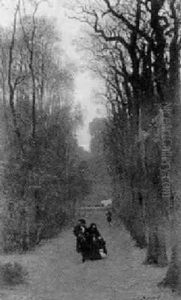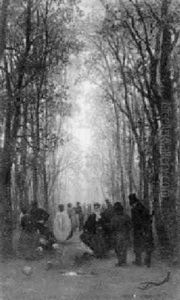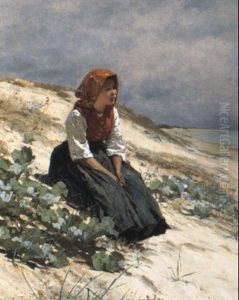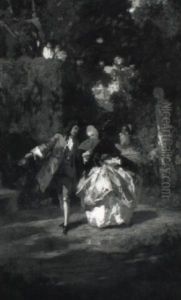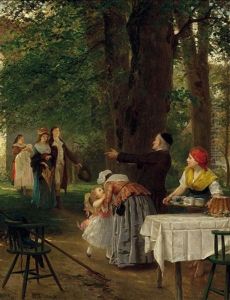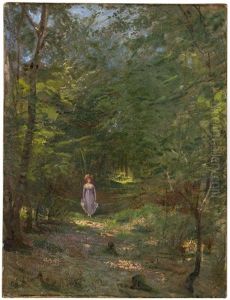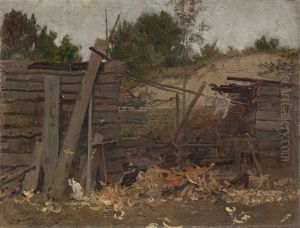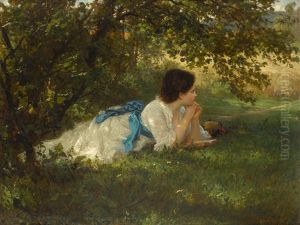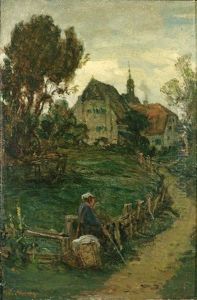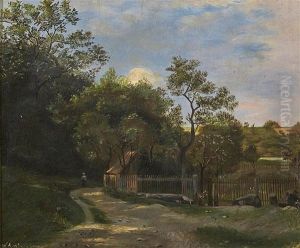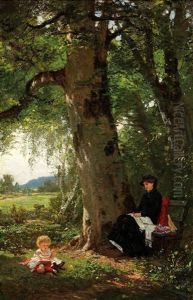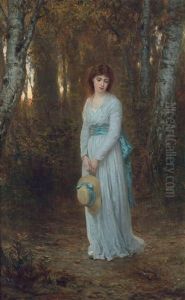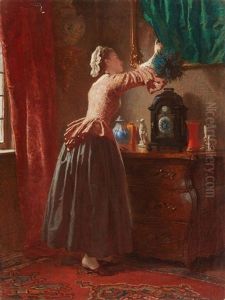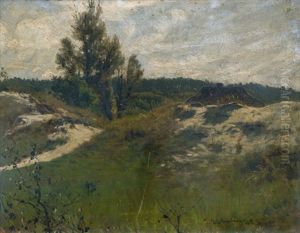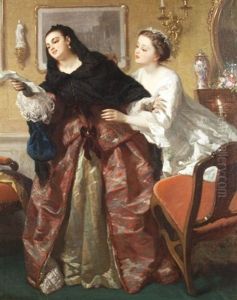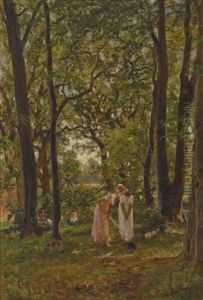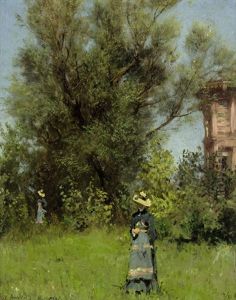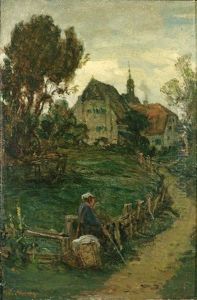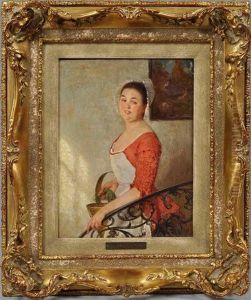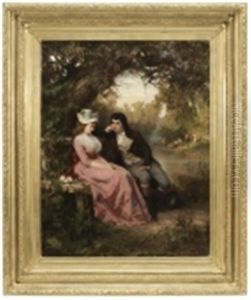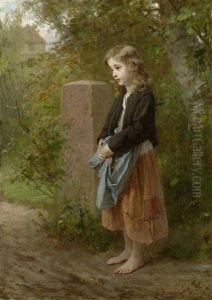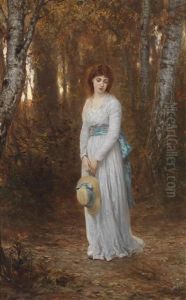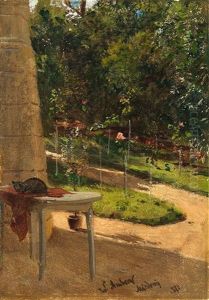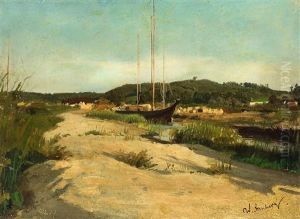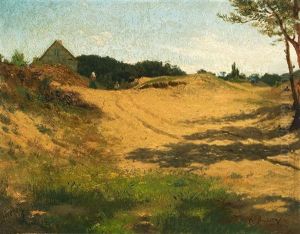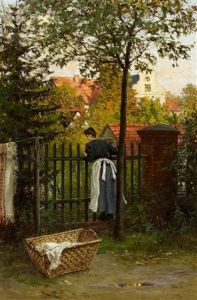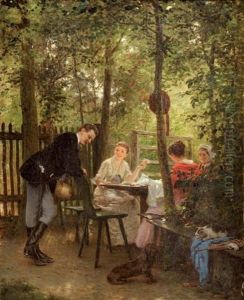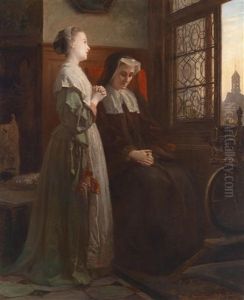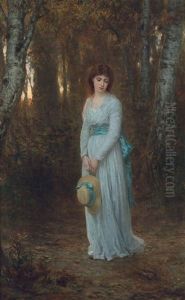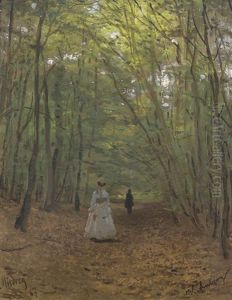Wilhelm Amberg Paintings
Wilhelm Amberg was a German painter known for his genre scenes that depicted intimate family life and social gatherings with a tender and often humorous touch. Born on February 25, 1822, in Berlin, Amberg began his artistic journey at the Prussian Academy of Arts under the guidance of renowned painters such as Carl Joseph Begas and Eduard Daege. His education was comprehensive, and he immersed himself in the study of the Old Masters, which allowed him to develop a solid foundation in painting techniques and composition.
After completing his studies, Amberg traveled extensively, a common practice among artists of the time, to further his education and gain inspiration. He visited Rome and Venice, where he was influenced by the Italian masters and the vibrant cultural scenes. The time he spent in Italy was crucial for his artistic development, as it exposed him to different styles and approaches to painting that would later be reflected in his own work.
Upon his return to Germany, Amberg settled in Berlin, where he became a successful painter, appreciated for his ability to capture moments of everyday life with charm and a fine sense of detail. His works often featured children, families, and scenes of bourgeois life that reflected the values and aesthetics of the Biedermeier period, a time characterized by a focus on the home and domestic tranquility in the German-speaking states.
Amberg’s paintings were well-received, and he gained recognition for his work not only in Germany but also abroad. His compositions were praised for their narrative quality and for the skill with which he depicted the textures of fabrics and the play of light and shadow. His paintings have been compared to those of contemporaries such as Carl Spitzweg, another prominent Biedermeier artist, who also excelled in portraying the quaint aspects of middle-class life.
Wilhelm Amberg continued to paint throughout his life, contributing to the legacy of 19th-century German genre painting. He passed away on September 10, 1899, in Berlin. Today, his paintings can be found in various art collections and museums, where they are admired for their historical value and their delightful portrayal of 19th-century German society.
